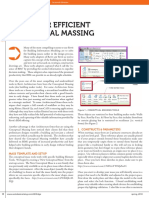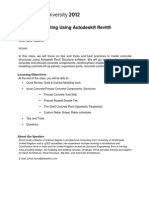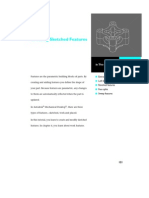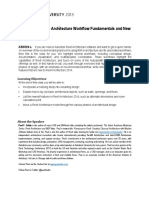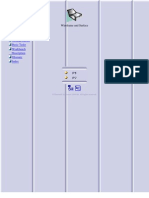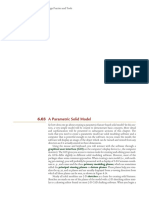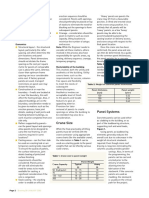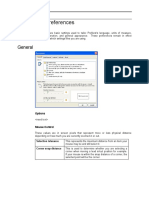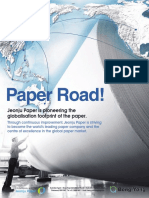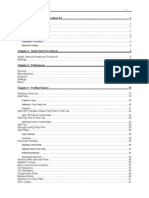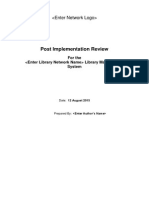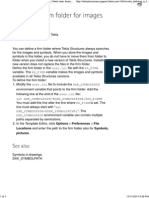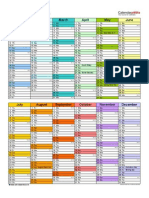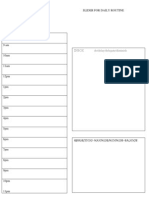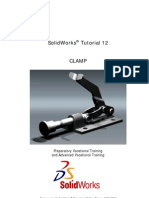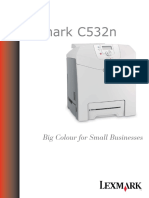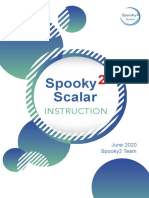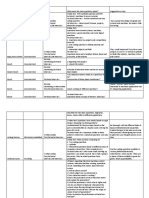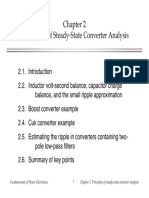0% found this document useful (0 votes)
184 views1 pageRevit IFC Guide for Designers
There are three basic ways to geometrically represent a 3D IFC object: extrusions, solid bodies using sweeps, and boundary representation (B-rep). Extrusions use a simple profile and are common. Swept solids generate the solid by leading a profile along a path. B-rep represents surfaces using coordinates to form the solid, allowing complex forms but using more data. NURBS surfaces can also be used in IFC4 to reduce memory usage while increasing accuracy.
Uploaded by
scribdztCopyright
© © All Rights Reserved
We take content rights seriously. If you suspect this is your content, claim it here.
Available Formats
Download as PDF, TXT or read online on Scribd
0% found this document useful (0 votes)
184 views1 pageRevit IFC Guide for Designers
There are three basic ways to geometrically represent a 3D IFC object: extrusions, solid bodies using sweeps, and boundary representation (B-rep). Extrusions use a simple profile and are common. Swept solids generate the solid by leading a profile along a path. B-rep represents surfaces using coordinates to form the solid, allowing complex forms but using more data. NURBS surfaces can also be used in IFC4 to reduce memory usage while increasing accuracy.
Uploaded by
scribdztCopyright
© © All Rights Reserved
We take content rights seriously. If you suspect this is your content, claim it here.
Available Formats
Download as PDF, TXT or read online on Scribd
/ 1




